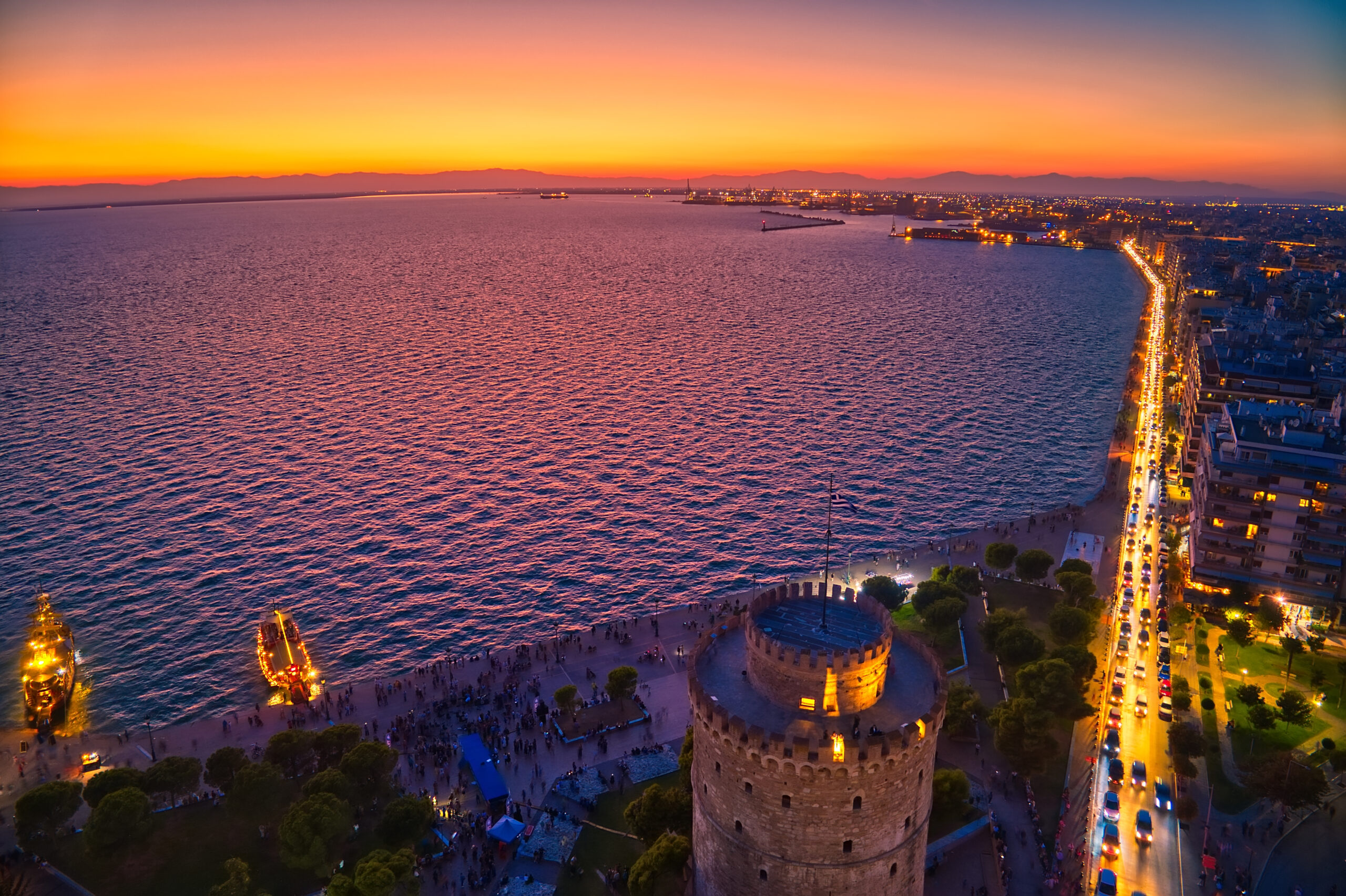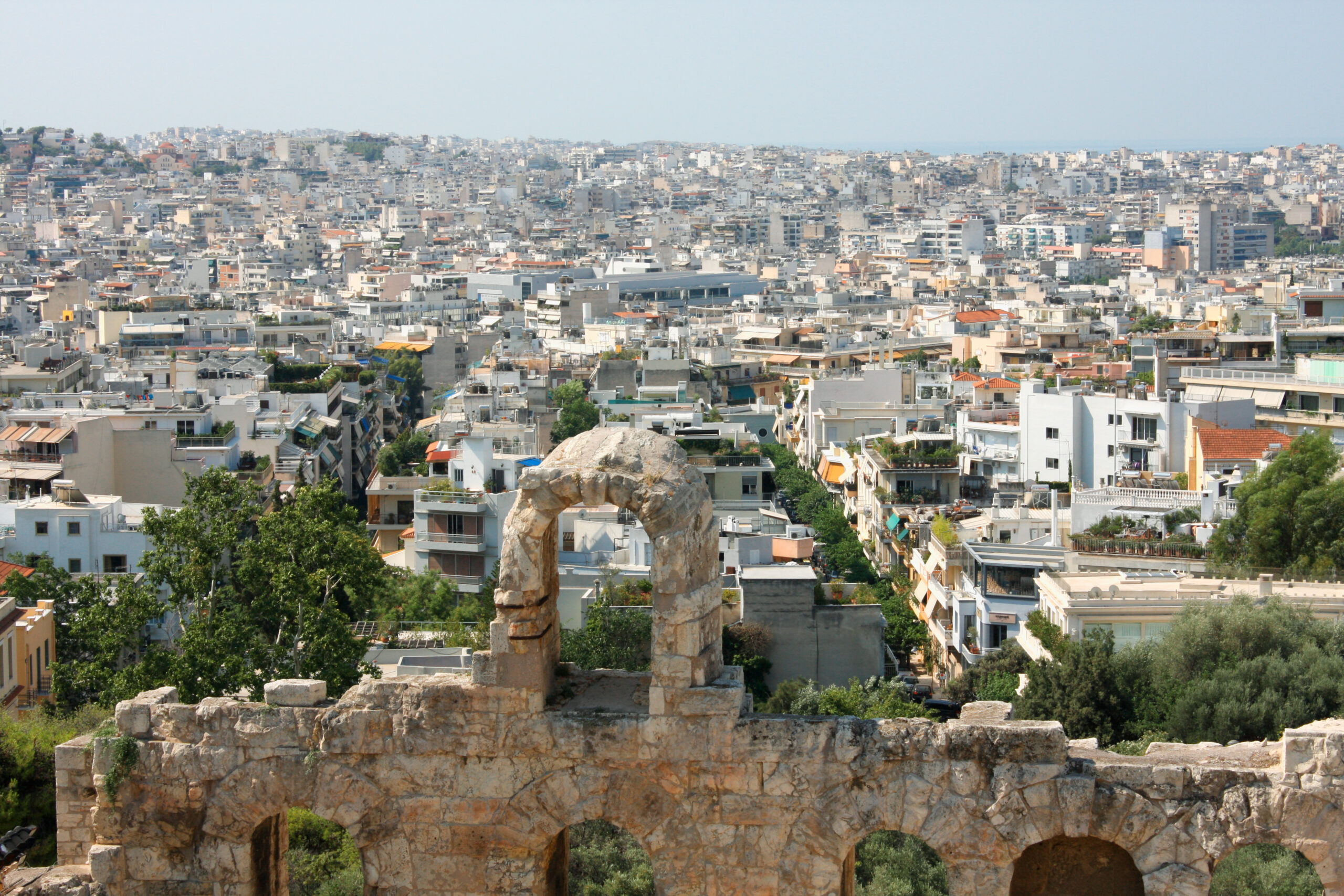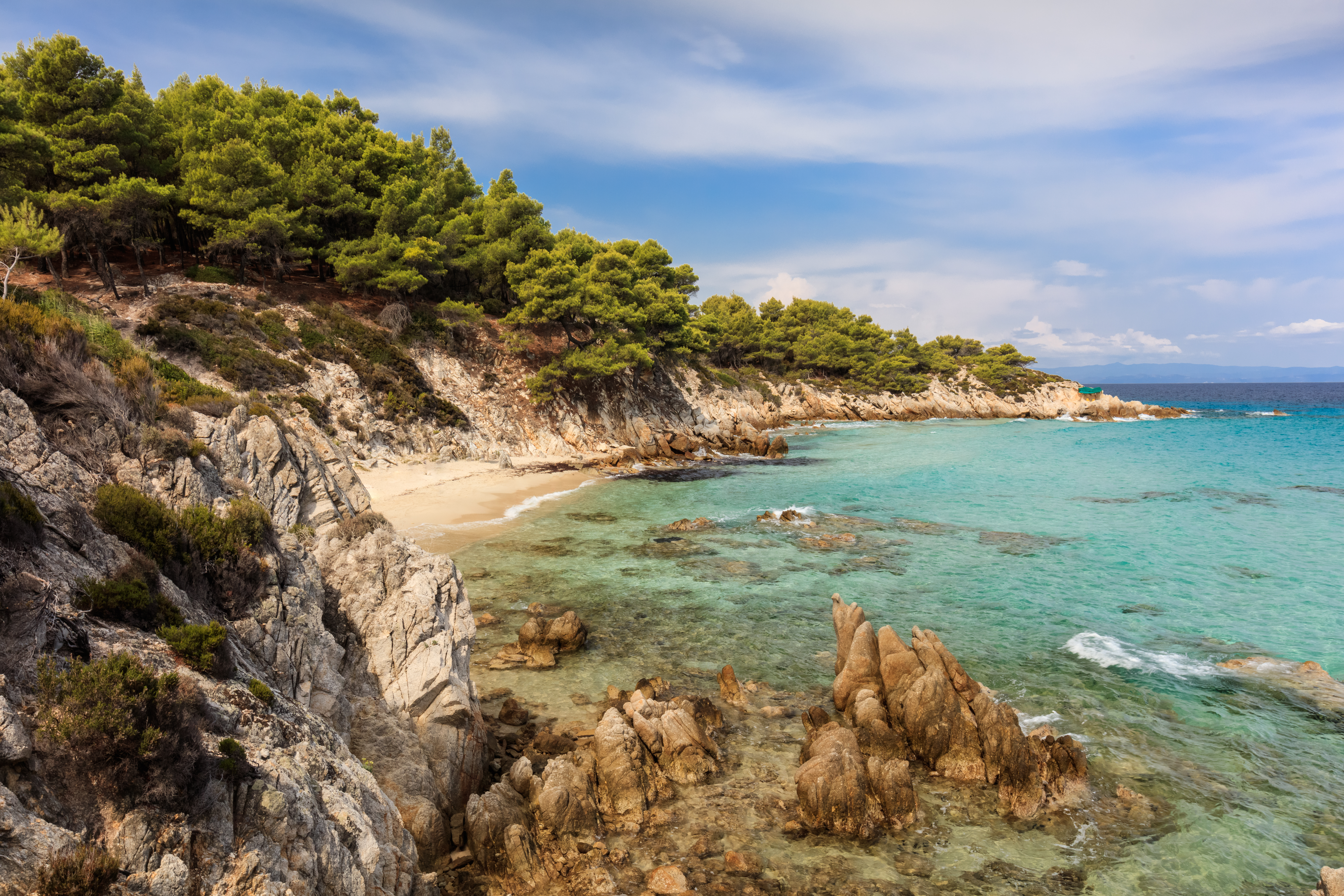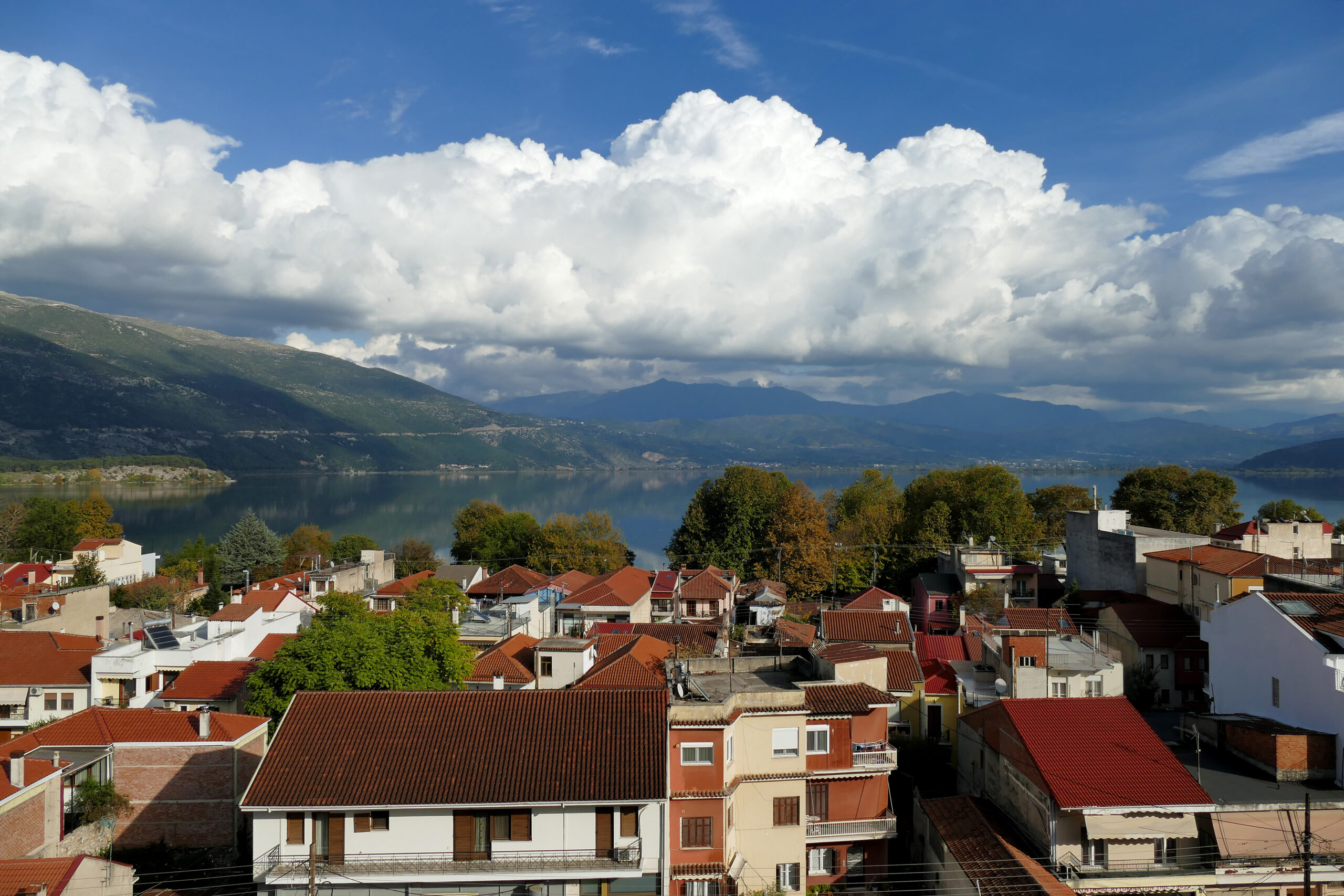
Thessaloniki
The 34-meter-tall “Lefkos Pyrgos” (“white building/tower”), which is situated just by the seaside, is the most recognizable and distinctive feature of Thessaloniki. It once made up a portion of the city’s protective walls. A popular and active promenade also stretches the length of the seashore from the White Tower to the port.
Our favorite area in Thessaloniki is this one; it’s a well-liked gathering place with lots of great cafes and pubs to hang out in.
The historic portion of the city, which lies farther from the seaside, features many adorable cobblestone lanes adorned with orange trees. Some of the greatest traditional Greek eateries may be found here, including “Prytanio,” “Kanoula,” and “Tripia Potiria.”
There are regular flights from Thessaloniki to much of Europe from its international airport. The city’s primary train station is situated right in the middle of the city for visitors coming by train.

Aegina
You may travel there for as little as $8 if you choose one of the daily few boat alternatives. When you visit Aegina, you’ll be happy to learn that the fish is excellent and that the island’s biggest export is pistachios. The only site in Greece where pistachios are grown is on the island of Aegina, which is recognized by the European Union.
The Temple of Aphaia, which was constructed on Aegina in or about 500 BC, is another attraction worth seeing. Since the island is not very big, it is easy to travel throughout it by taxi or rental vehicle. If you’d prefer to journey there more slowly, there is also public transit accessible.

Athens
Athens is one of the locations you really must see if you are traveling through the Balkans. With a population of just under 4 million, Athens is a thriving city that provides a variety of historic buildings, Byzantine cathedrals, contemporary districts, lots of street art, and a dynamic atmosphere at all hours of the day and night. Athens won’t let you down whether your interests are in history, shopping, nightlife, or cuisine.
For stunning views, climb Areios Pagos, Filopappou Hill, or Lycabettus Hill. Alternatively, have a drink at one of the many rooftop bars near Monastiraki or Acropolis Metro Stations.
You will discover that Athens has a distinct, vibrant atmosphere when it comes to contemporary culture. There are several marketplaces and shopping districts to discover, including the Monastiraki flea market, the Plaka neighborhood’s gift shops, and the central market in the Psirri neighborhood.
Make sure to include items in your schedule if you want a peek at everyday life in the area. Last but not least, savor some delectable Greek cuisine.

Chalkidiki
The area of Chalkidiki is one of the least recognized in Greece while having so much to offer tourists all year long. Thessalonika is a significant and vibrant Greek city that air, train, automobile, or sea can reach. The Sithonia and Kassandra peninsulas in the Aegean Sea, known for its incredibly picturesque islands and the small but very endearing population. This historic region on the outskirts of Central Macedonia has important tourist attractions such as the sacred Mount Athos (only accessible to men, although everyone can appreciate its beauty from one of the tourist boats that daily are as close to their coasts.
Aegean Sea is renowned for its breathtakingly beautiful islands, and Stageira, a small yet quaint island that was home to numerous people, including the Greek philosopher Aristotle.

Ioannina
The Epirus region’s capital, Ioannina, is centered on the lovely Lake Pamvotida. This body of water, which serves as the region’s unmistakable emblem, characterizes the town’s natural setting, climate, and personality. The lake is a natural landmark around which the entire region revolves, with its calm waters and little island. Visitors get the chance to learn about the origins of Epirus’ intellectual life thanks to the town’s rich cultural traditions, which have produced many notable authors and poets, as well as the artistic and intellectual events that are held all year long.
A stroll around the city has the air of a bygone period, full with undiscovered locations and living stories. Wonderful structures like the House Matei Hussein, the Veli Pasha Ottoman Mosque, and the entire town’s historic center are distinctive attractions.